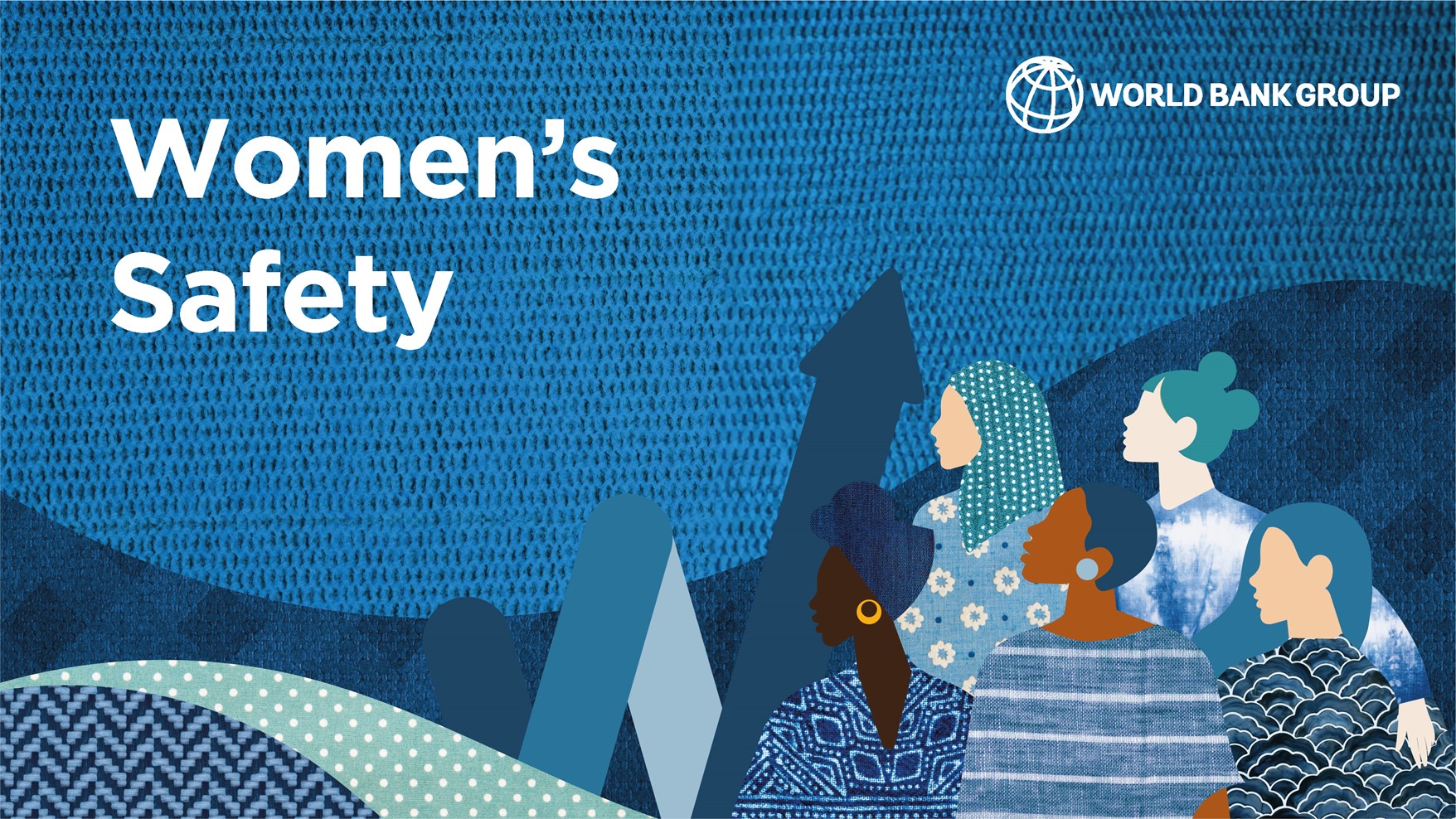Expanding Women, Business and the Law’s research on women’s safety
Violence against women has far reaching consequences on women’s safety, including on their physical and psychological well-being, which often affect their ability to join and remain in the labor market. Women, Business and the Law’s new Safety indicator expands its focus on this issue by examining laws addressing child marriage, sexual harassment, domestic violence and femicide as well as policy instruments, procedures, services, institutions and budget allocations to ensure their effective implementation.
- Resource: Ensuring women’s safety: data insights on gender-based violence legislation and policies - Data story
Child Marriage
Protection from child marriage safeguards girls from exposure to intimate partner violence, psychological harm, health risks associated with early pregnancies, and denial of educational and economic opportunities. Women, Business and the Law’s research measures critical aspects of child marriage legislation, including setting the legal age of marriage at 18 without exceptions based on parental consent, making child marriage voidable, and imposing penalties. The Safety supportive frameworks indicator measures the existence of action plans or policies on child marriage.
- Resource: Child marriage: the unspoken consequence of COVID-19 - Blog
Sexual Harassment
Sexual harassment is a serious issue faced by women, not just in the workplace, but also in public spaces, educational institutions, and the cyberspace. While there has been an uptake in workplace sexual harassment legislation in recent years, most women still lack legal protections in educational institutions, public spaces and online. Guidelines on sexual harassment in employment, action plans or policies on sexual harassment in public places, including transportation, and special procedures for all forms of harassment are examined under the Safety supportive frameworks indicator.
- Resource: Protecting Women and Girls from Cyber Harassment: A Global Assessment of Existing Laws – Policy brief
- Resource: Protecting women and girls from cyber harassment: a global assessment - Blog
Domestic Violence
Domestic violence can be physical (often resulting in pain, injury, or bodily harm), sexual (unwanted sexual acts or advances which involve force or coercion), psychological (verbal abuse, threats, or intimidation), or economic (asserting financial control by limiting or preventing access to economic resources). The Safety Indicator measures laws and the existence of services protecting women against all these forms of domestic violence, including marital rape.
- Resource: Laws and policies to address violence against women in countries affected by fragility and conflict - Policy brief
- Resource: Breaking the Chains: Empowering women to escape domestic violence through support services – Blog
Femicide
Femicide, defined as the intentional killing of women with a gender-related motivation, is a growing danger. Women, Business and the Law now measures laws and trainings for law enforcement personnel addressing this universal problem, the scale of which is much higher than estimated.
- Resource: In Mozambique, civil society calls for an end to gender-based violence (GBV) and discrimination - Blog
- Resource: Femicide laws worldwide: 50 years of evolution and ongoing gaps - Data story
